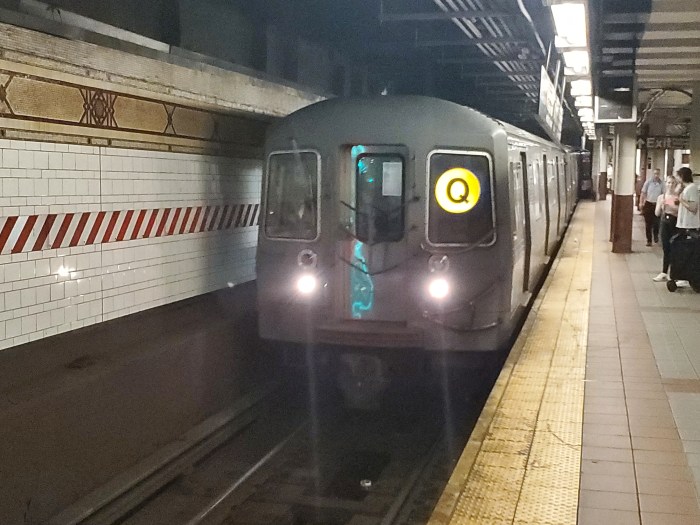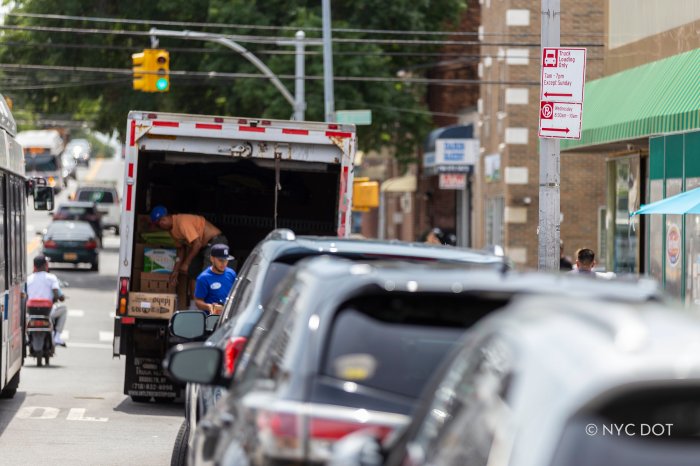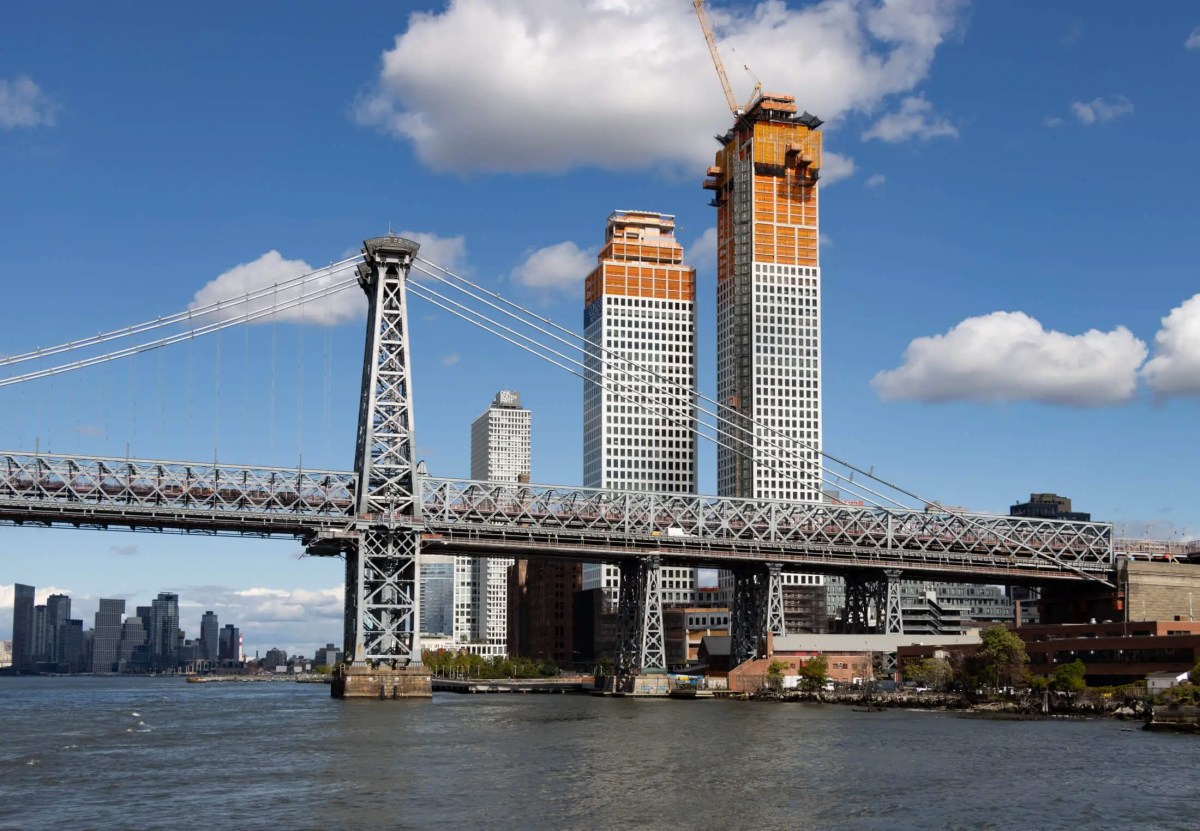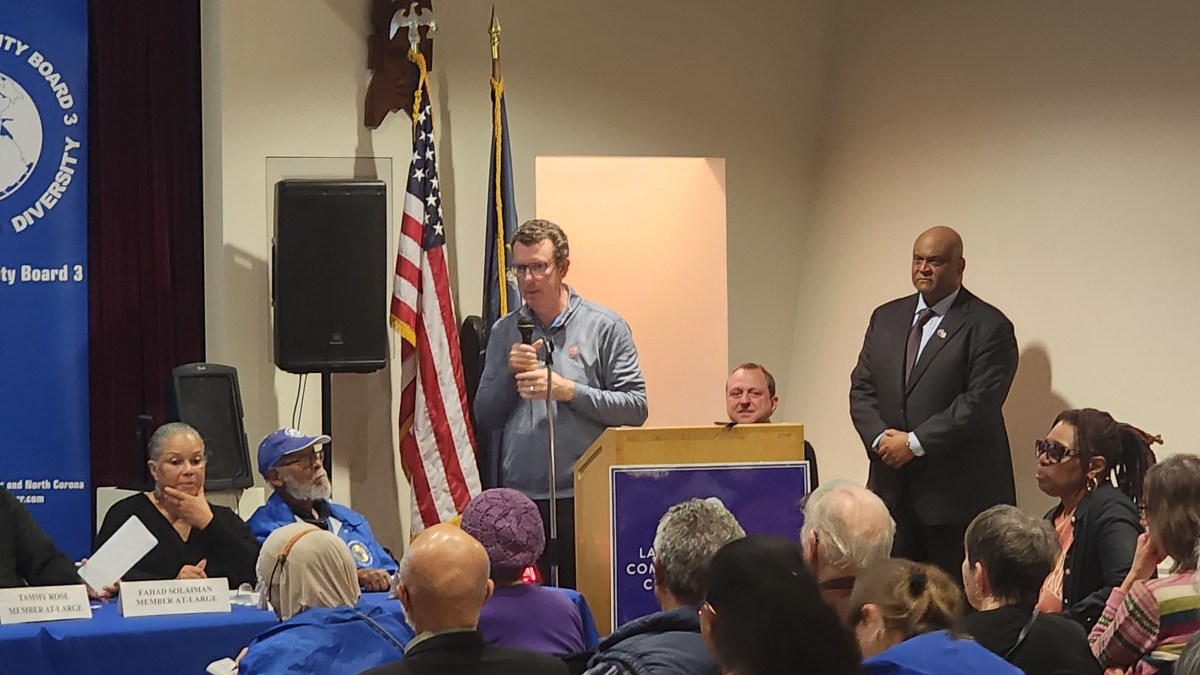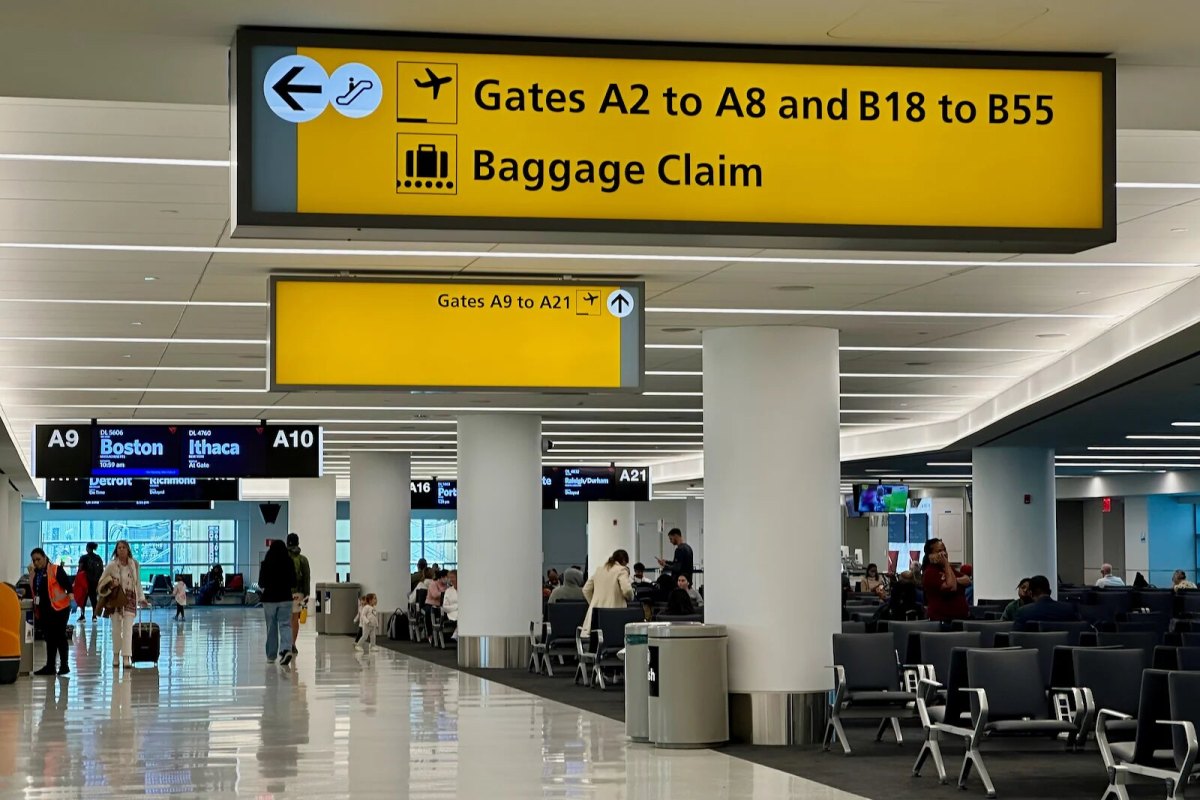
The year in transit had highs and lows for riders, from heinous crime and dangerous accidents to the MTA trying to modernize and expand a 24/7 transportation system being squeezed under record ridership.
The Straphangers Campaign shared with amNewYork its list of the top 10 best and worst moments in transit for 2014 that showed the MTA continuing to move out of Superstorm Sandy’s shadow more than two years after it heavily ravaged the subway system and increase service after the Great Recession hurt the agency’s finances.
“Transit has definitely had worse years. Sandy was the extreme example,” said Gene Russianoff, a transit advocate and lawyer for the Straphangers Campaign.
Russianoff said the riding public may disagree that record ridership, for example, could top a 10-best list for transit, but he said this was a highlight for the MTA.
“They just think of fewer seats and more elbows,” he said. “We think the system is meant to make this a mobile and vibrant city and it’s serving that purpose with a vengeance.”
He even found a victory in the fare hikes that riders will see in 2015, saying they could have been worse than a 4% raise over two years.
“Some I would say are bittersweet wins,” he said.
Money issues were a recurring problem on the Straphangers Campaign’s 10-worst list, portending a fight in 2015 to get billions of dollars for the transit system or risk pushing off much-needed projects and repairs.
“What’s on the horizon is pretty scary,” Russianoff said.
The MTA’s chief spokesman Adam Lisberg agreed that funding the capital program is a top priority.
“The most important concern for us and for our customers is to fully fund our capital program, which will allow us to renew, enhance and expand a mass transit network that now routinely carries 6 million subway customers every day,” Lisberg said.
BEST:
Record ridership: September saw the busiest day on the subways — five times. There were five days with more than 6 million riders, topping off at 6,106,694 on Sept. 23. October had even more record-busting ridership, with seven days that clocked more than 6 million rides.
Transit tax breaks: Fares keep going up, but riders will soon get a bit of relief. The city this year passed a law requiring most businesses by 2016 to enroll employees in a federal commuter program that gives a tax benefit for transit costs like a MetroCard.
Make ’em pay: Developers looking to build had city officials seeing dollar signs as they look to fund expensive transit projects. The company behind the proposed One Vanderbilt skyscraper plans to spend more than $200 million to fix the jam-packed Grand Central station; the No. 7 extension to the far west side was funded in anticipation of the Hudson Yards development.
Fulton Center finally opens: The new $1.4 billion Fulton Center took 10 years to open, but the sleek complex uniting nine train lines under a spacious hub was unveiled Nov. 9.
R train tunnel fixed: Brooklynites got back full use of the R train in September after a 14-month round-the-clock shutdown to fix the underwater Montague tunnel between Manhattan and Brooklyn that Superstorm Sandy had ravaged.
Faster buses: City buses can be painfully slow, but the MTA’s transportation reinvention panel (Russianoff was a member) suggested that local buses get features on the Select Bus routes like paying fares on the street, bus-only lanes and traffic-priority signals.
Hitch a bus ride to LaGuardia: The city’s unveiled a new route of its fast Select Bus service in Harlem this May. The route runs through 125th Street and to LaGuardia Airport.
Graffiti: May 12, 2014, marked 25 years of a graffiti-free trains, making spraypainted tags and large elaborate “burner” pieces on entire trains more fitting for the Transit Museum.
A/C train audit: The MTA in June announced a full audit of the A and C lines. Past full-line reviews on the F, G and L lines resulted in better service.
Mayor’s transit chief: Bill de Blasio in his first year as mayor went to the feds to find his transit chief, Polly Trottenberg, a former U.S. Department of Transportation official. He also picked Trottenberg to sit on the MTA board and she was a key official in the mayor’s signature Vision Zero street safety program that included a new lower 25 mph speed limit.
WORST:
The search for more money: MTA officials say the entire transit system needs repairs and new equipment costing $32 billion over five years. But the MTA cannot cover the cost entirely on its own and needs to find another $15 billion to close the gap.
Cash grab: Transit advocates got into a beef with Gov. Andrew Cuomo this year over $30 million taken from a pot of money dedicated to transportation. The Cuomo administration had defended the budget maneuver as paying off debt from transit projects, while noting an increase in state money to the MTA.
Fatal subway pushing: Wai Kuen Kwok, 61, was pushed to his death into the path of a train at a Bronx station on Nov. 16. Ex-con Kevin Darden, 34, was charged with the grisly murder.
Unlucky No. 7: The No. 7 train this year got a lot of attention from the MTA, which had crews replace tracks, install a new, modern signal system and fix the underwater Steinway tube. This will improve service in the long-run, but bring pain in the meantime for riders who had more than a dozen weekend service disruptions this year, with more to come.
Ye Olde C Trains: More than a decade into the 21st Century and the MTA is still using trains from the middle of the last one. Trains on the C line first hit the tracks as early as 1964. The C line is expected to get a modern fleet of trains in 2017.
Trash plan: Garbage bins were removed from 29 stations on the J and M lines to see if riders would take their trash with them instead of littering on the track and platform. The Straphangers Campaign, however, said “making life difficult for your customers is a mistake.”
Sexual harassment: An outcry over creeps in the subway who grope, grab and rub up on women in crowded trains led the MTA to revamp how it handles complaints and its public awareness campaign against sexual harassment. Nearly a thousand new model train cars will have cameras to better catch subway pervs.
Age old: Birthdays can be tough to face, especially when you turn 110, which is how old the subway turned on Oct. 27.
Derailed: There was a rare derailment on the F line in May that resulted in 30 riders and two workers with minor injuries. The MTA this month blamed track personnel for failing to fix rail parts that were busted for at least a year; the Transport Workers Union Local 100 said the MTA was “scapegoating” the workers instead of blaming the defective rail.
Drill bit too close: A contractor’s crew working on the East Side Access-Long Island Rail Road project in October almost skewered an F train carrying about 800 riders with a 10-inch-thick drill bit.




